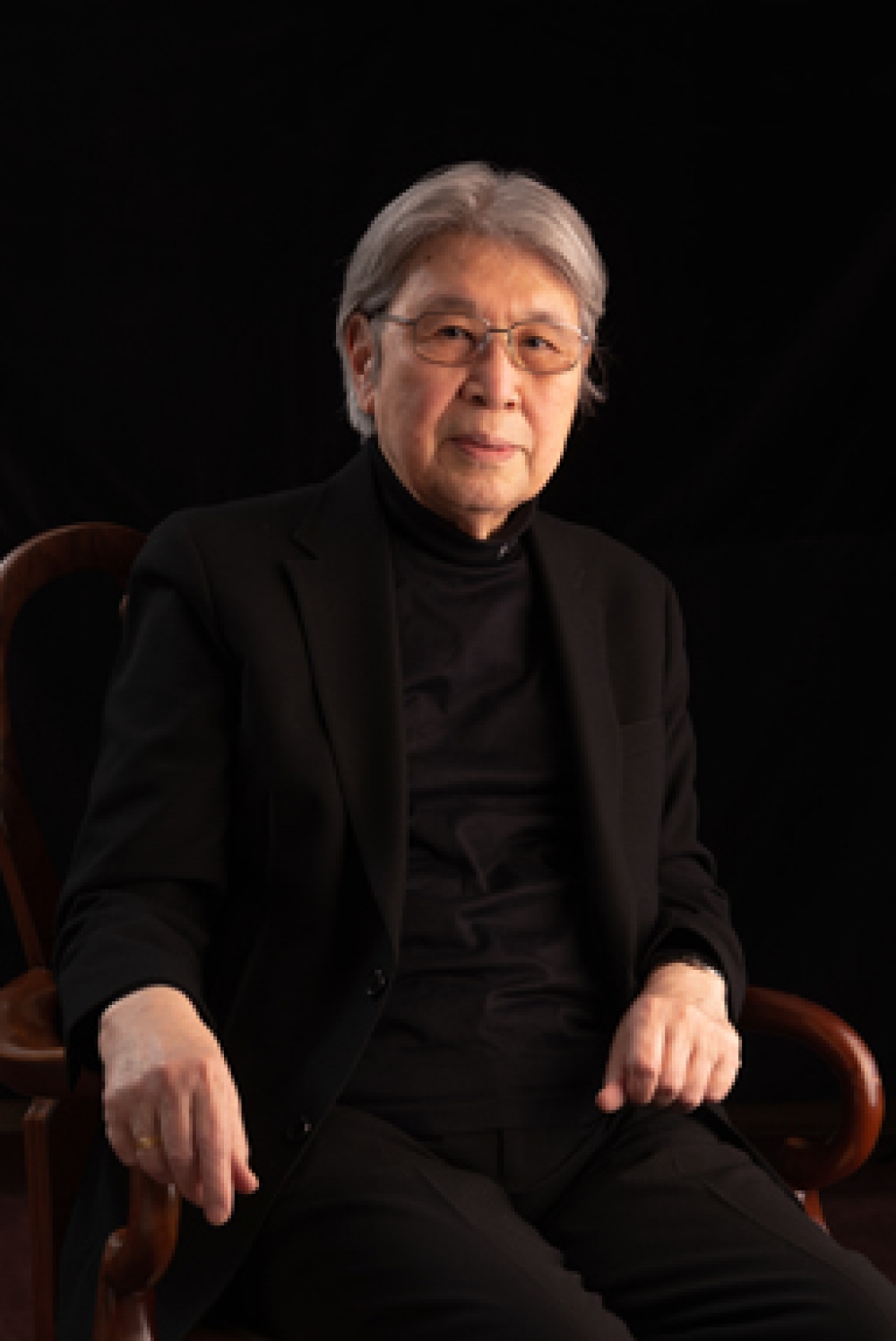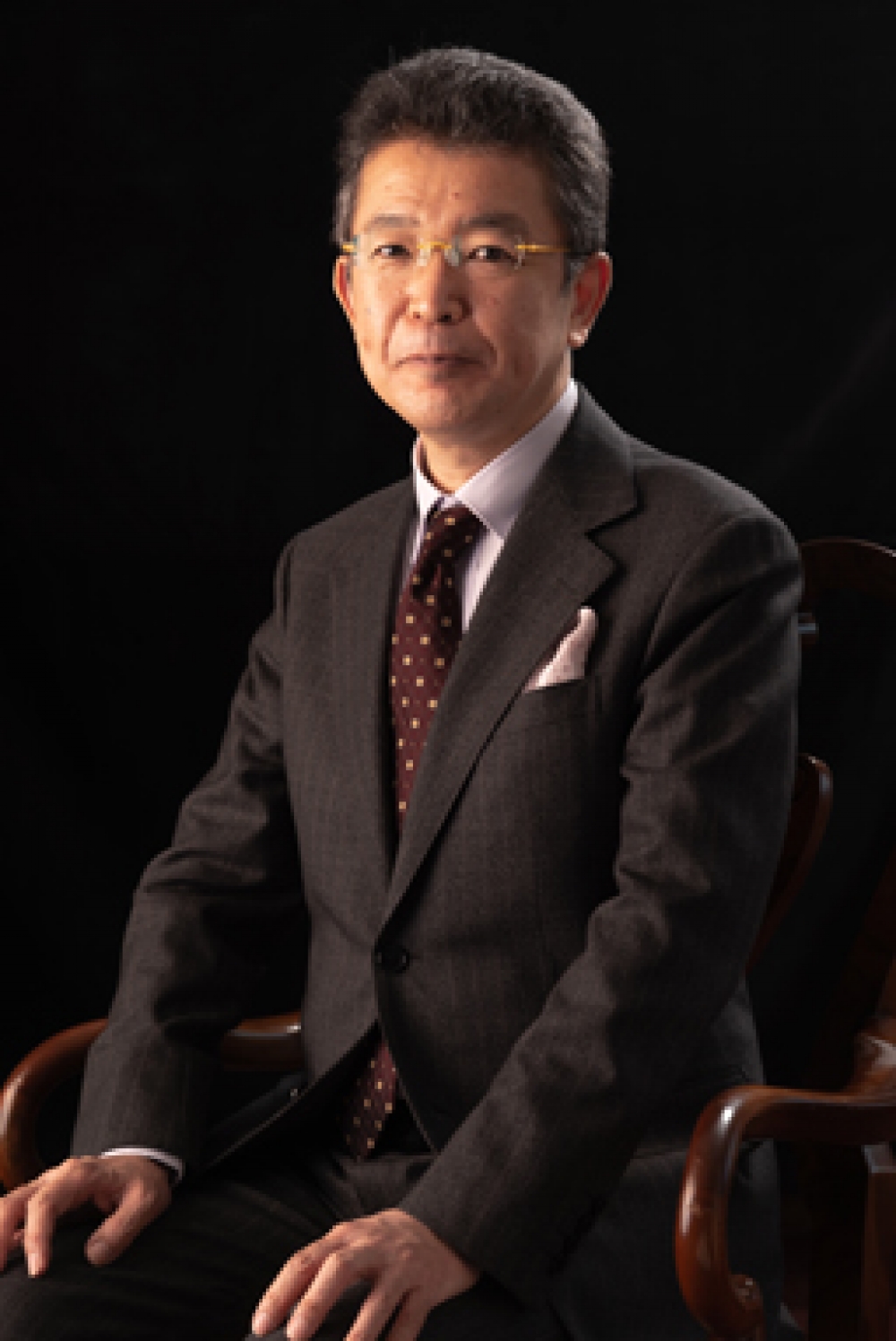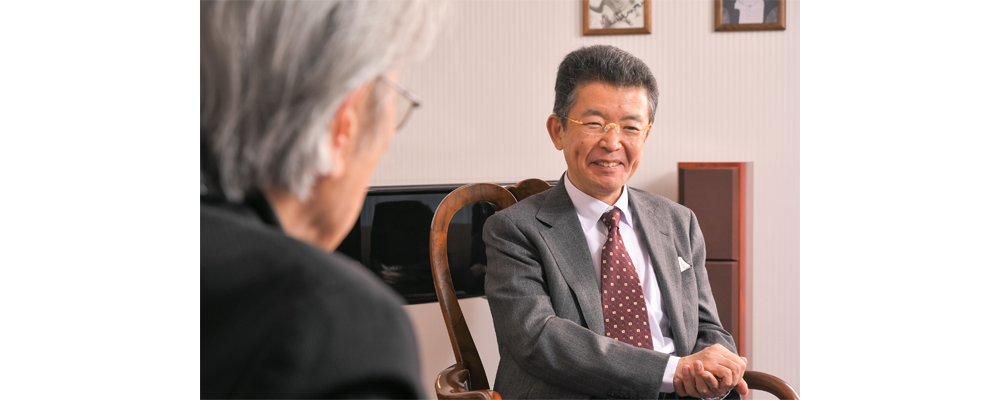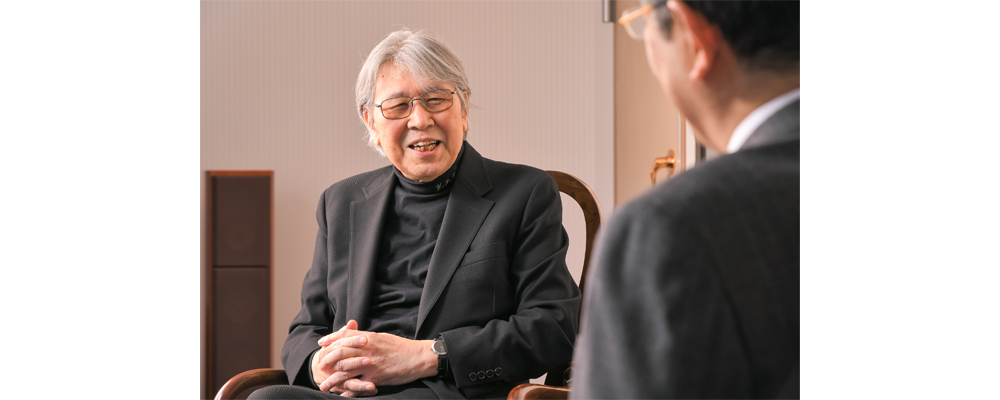* Information concerning affiliation/post/profile of the laureate and guests is current at the time he/she received the prize.
2022 Honda Prize Commemorative Talk Session
Talk Session Member

Honda Foundation Professor Emeritus,
The University of Tokyo Professor Emeritus,
International Christian University

Professor, Department of Applied Physics Graduate School of Engineering The University of Tokyo,
Chief Scientist Quantum Metrology Laboratory,
Team Leader Space-Time Engineering Research Team RIKEN Center for Advanced Photonics (RAP)RIKEN,
Program Manager
An era in which basic research and technological development overlap
Murakami: The primary keywords to describe your research, Dr. Katori, is “curiosity-driven.” Conventionally, the field of basic science has always been driven by “curiosity,” while engineering research has been “mission-oriented,” aiming to achieve a clear target in an efficient manner. These two fields—basic research and technological development—the latter which applies the results of the former, are now widely overlapping today
One researcher has divided the approaches to research into Mode-1 and Mode-2. Mode-1 research is carried out by a leading researcher from a specific scientific area, who manages a hierarchical group of assistants, postdoctoral researchers, and postgraduates working in the same field. On the other hand, Mode-2 research comprises a network of researchers from different fields working in a horizontal manner towards a single goal utilizing all their capabilities and techniques. It could be said that the former approach carries out basic research while the latter network approach undertakes mission oriented research. However, even this distinction is obscure today.
In such a situation, you focused on optical lattice clocks as your key research area. You must have had a certain attraction to the topic to make you so passionate about the theme.
Katori: It was fortunate that I came across a good research topic, and fortunate again that I could find the directions to fully develop it one after another.
When I started my research into optical lattice clocks, I was thinking to study something else if other people started researching the same topic. However, I could not let it go and kept finding things that I wanted to explore more deeply, one after another

Risk in engage in unpopular research
Murakami: There is an expression “referee bias.” This suggests that the direction taken by a community in a research genre is determined by, for example, a journal referee*. Wasn’t it risky to post your paper on a theme that literally no one was investigating to a research community?
*Reviewers for academic journals
Katori: When you give a presentation on research that no one else is undertaking at an international conference, only a few members of the audience will understand what it means at the beginning. That is also true for me. When I first learn about a new topic, I cannot understand everything at that point. I gradually gain the whole picture by listening to lectures on the same topic again and again, and then, after listening to the presentations, through discussions with many people. The optical lattice clock went through the same process. After the first presentation, we held a discussion after the conference. In response to someone’s comments on some parts that were difficult to understand, I amended those sections for the following presentations to make them more explanatory. Through such interactions, I gained the understanding of the community on my research direction. When I posted my first paper, a journal referee at Physical Review Letters made a number of severe criticisms. For example, the referee said that my paper had too many self-references. However, I could not make references to other people’s studies as I was the only one working in this approach!
Murakami: There was no one other than you.
Katori: I still rember the pers on a formidable referee. Then I submitted our first experimental results to Nature. The journal’s response was very favorable and decided to publish it in a week or so. When a journal editor recognizes that a certain study is important, he forward the work to referees who would understand the work’s value to accelerate the publishing decision. I think our paper managed to get on that track. The Nature referee gave me a very good review. I was given a comment that overviewed the next five to ten years, which we were not serious about at that time. “Your paper discusses the development of a clock with 18-digit accuracy—but where can this experiment be conducted? An experiment on a conventional optical table is not a likely candidate due to the thermal expansion.”
Murakami: That is a very nice story.
The start was “non-competitive research”







